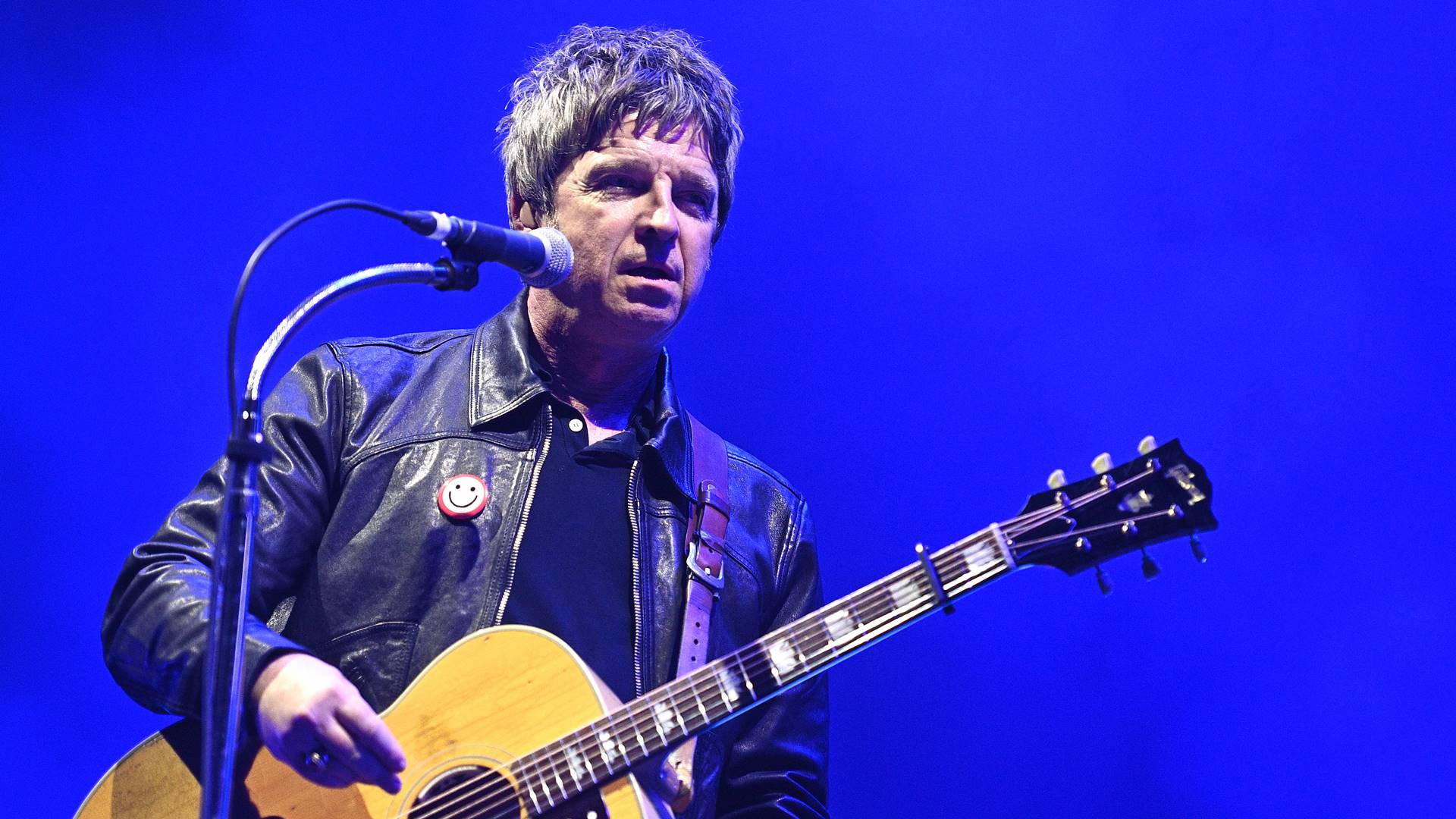In all, 24 stars, such as Angela Maria and Dalva de Oliveira, have niches with photos and lyrics, as well as videos with musical numbers.
“We are the singers on the radio / We live our lives singing. At night we rock you to sleep / In the morning we’ll wake you up.” The march composed by Lamartine BaboJoão de Barro and Alberto Ribeiro, immortalized by their sisters Carmen and Aurora Miranda in 1936, will inevitably resonate in the minds of visitors to the exhibition Female singers and the history of radio in Brazil, on display at Farol Santander, São Paulo.
This is because they, the singers, in a wise choice of their curators, Helena Severo, Cláudio Kahns and Rodrigo Faour, have been placed as important protagonists in the history of radio in Brazil. With talent and courage, at a time when women were not appreciated, they helped popularize the vehicle that arrived in the country in the early 1920s.
In all, 24 stars win niches with photos and lyrics, as well as videos with musical numbers. They are: Carmen Miranda, Aracy de Almeida, Dircinha Batista, Linda Batista, Carmen Costa, Dalva de Oliveira, Isaurinha Garcia, Ademilde Fonseca, Emilinha Borba, Marlene, Elizeth Cardoso, Carmelia Alves, Hebe Camargo, AngeloMariaDoris Monteiro, Nora Ney, Inezita Barroso, Leny Eversong, Dolores Duran, Lana Bittencourt, Ellen de Lima, Marinês, Claudette Soares and Alaíde Costa.
“The radio took these singers to another level. They began to grace the covers of magazines not only for their beauty, as happened with stars, but for their ability to move the country,” says Faour, journalist and researcher who told this story radio chapter with details in his book História da Música Popular Brasileira Sem Preconceitos, published in 2022.
The legacy of this generation – some acted in the so-called Golden Age (1929-1945), others in the Radio Age (1946-1958) – was fundamental for the generation that emerged from the 1960s onwards. Elis Regina, Gal Costa, Maria Bethânia, Nana Caymmi, Simone, Clara Nunes, Fafá de Belém and Alcione have an undeniable influence in the voices of Dalva, Angela, Elizeth, Nora, Isaurinha, among others.
“These singers have always revisited the repertoire of the radio crowd. Radio singers have influenced not only MPB, but also brega. This crowd grew up listening to the radio, which was the great vehicle for the masses,” explains Faour.
Visitors will also be able to view 114 items, including excerpts from Rainha do Rádio by Emilinha, Linda and Dircinha, a pair of glasses and a dress by Marlene, an autographed shoe by Emilinha, programs held at Cassino da Urca in the 1940s, and copies of Revista do Rádio. All original, preserved by fan clubs and collectors.
On the second floor of the exhibition, the focus is on the trajectory of radio in Brazil, with a chronology of key events, 10 examples of rare devices from the 1920s and 1930s, plus a photo gallery featuring radio icons such as Ary Barroso and Paolo croaking.
HONORED. Alaíde Costa and Claudette Soares were honored opening the show. Although younger than names like Dalva, Emilinha or Marlene, it was also on the radio that they took their first steps in their careers, when they passed through major broadcasters. Both started early, around the age of 10, in children’s programs and later migrated to freshman attractions, until they turned pro.
Alaíde faced the feared composer Ary Barroso – and achieved the maximum score in her program, 5. She still had to prevail in the face of distrust and prejudice from those who wanted to see her sing only samba. She already had her ears open to jazz harmonies.
“People were like, ‘Does this little black girl sing these elaborate songs?'” she says. “That’s right, I’m still here, at 87, singing without swinging.”
Claudette wanted to sing the love repertoire of Dalva de Oliveira and Nora Ney, but, she says, was not taken seriously due to her size – about 1.50m tall. Before entering bossa nova, she was called the little princess of Baião as she indulged in the repertoire of Luiz Gonzaga on Rádio Tamoio. “They wanted to reduce me for that. Afterwards it proved that Gonzaga was a great composer, a star. I sang everything with very different harmonies. I was already modern and I didn’t even know it,” she recalls.
With a career spanning over 70 years, Alaíde and Claudette are still active, also performing together in concerts dedicated to bossa nova – both great representatives of the genre – or to the compositions of Milton Nascimento.
Alaíde reaps the fruits of the album O Que Meus Calos Diz Sobre Mim, produced by Emicida, Pupillo and Marcus Preto, with an unpublished repertoire made up of names such as Joyce Moreno, Erasmo Carlos and Tim Bernardes. In May she will do a mini tour in Europe.
Last year, Claudette released an EP in which she sings contemporary songs by Caetano Veloso, Chico Buarque and Gilberto Gil. It is the continuation of an album she recorded, again with the repertoire of the three composers, in 1968. The singer’s interpretation of the piece A Bossa Nova É Foda, by Caetano, was full of meaning and satisfied both the author and the critique.
Female singers and the history of radio in Brazil
Santander Lighthouse / Rua João Brícola, 24 / Tuesday to Sunday, 9am/8pm.
Source: Terra
Earl Johnson is a music writer at Gossipify, known for his in-depth analysis and unique perspective on the industry. A graduate of USC with a degree in Music, he brings years of experience and passion to his writing. He covers the latest releases and trends, always on the lookout for the next big thing in music.



![TOMORROW BELONGS TO US IN ADVANCE: THE PHILIPPINES WILL DO EVERYTHING TO PROTECT CHARLES… WHAT’S AHEAD OCTOBER 27 TO OCTOBER 31, 2025 [SPOILERS] TOMORROW BELONGS TO US IN ADVANCE: THE PHILIPPINES WILL DO EVERYTHING TO PROTECT CHARLES… WHAT’S AHEAD OCTOBER 27 TO OCTOBER 31, 2025 [SPOILERS]](https://fr.web.img6.acsta.net/img/b2/7f/b27f5a3fbc55d29b821eff36e2cd8a48.jpg)
-soq6i9m0ttgh.jpg)


